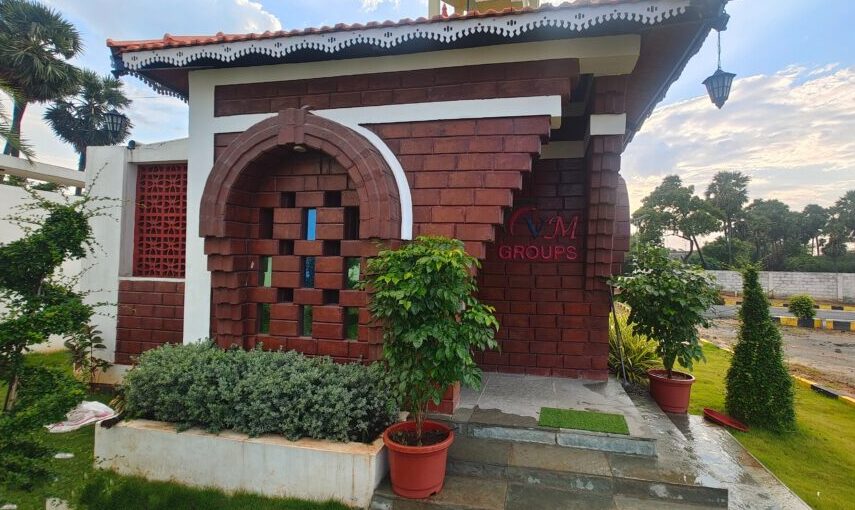In the aftermath of a flood near river Narmada that ravaged the landscape, washing away vast swathes of land and triggering landslides, one remarkable sight captured the attention of many—a centuries-old well, constructed from mud and stone, standing resilient and intact amidst the destruction. This enduring structure is a powerful testament to the strength and durability of natural building materials when used with ancient craftsmanship techniques. The well’s survival not only highlights the remarkable properties of mud and stone but also offers a compelling case for the continued use of these materials in modern architecture.
The Strength of Mud: Lessons from the Past
The well’s resilience can be attributed to the inherent properties of mud and natural stone, combined with the time-tested building methods of our ancestors. Contrary to modern misconceptions that often regard mud as a weak or temporary material, the well demonstrates that when mud is properly prepared and applied, it can create structures that are not only durable but also capable of withstanding extreme weather events.
Mud has been used for millennia in construction, valued for its high thermal mass, natural insulation properties, and its ability to blend seamlessly with the environment. In the case of the ancient well, the mud’s ability to harden over time, coupled with the interlocking of stones, provided a formidable resistance against the forces of nature. This is a clear indication that the wisdom embedded in traditional building techniques—rooted in a deep understanding of local materials and environmental conditions—remains relevant even today.
Mud Houses: A Model of Sustainable and Resilient Architecture
The enduring nature of the well aligns with broader research and practice in the field of mud architecture. Mud houses, which have been the subject of extensive studies, offer a plethora of benefits that modern building materials often fail to match. These structures are not only eco-friendly and cost-effective but also contribute to the well-being and energy levels of their inhabitants.
-
Natural Insulation and Climate Control: Just like the ancient well, mud houses exhibit excellent natural insulation properties. They maintain a stable indoor climate, providing warmth in the winter and coolness in the summer, without relying on energy-intensive heating or cooling systems.
-
Eco-Friendly Construction: Mud houses are constructed from readily available, natural materials such as clay, sand, and straw. This reduces the carbon footprint associated with transportation and manufacturing of building materials, making mud houses a sustainable option.
-
Cost-Effective Building: The affordability of mud houses cannot be overstated. The materials are inexpensive and often locally sourced, which, coupled with the ease of learning traditional construction techniques, makes mud houses accessible to a wider population.
-
Healthier Living Environment: The natural ingredients used in mud houses contribute to a healthier indoor environment. They regulate humidity, reduce the risk of mold, and avoid the toxic chemicals commonly found in synthetic building materials.
-
Energy Enhancement: Recent studies have shown that mud houses positively impact the energy levels of their inhabitants. The natural materials and organic shapes resonate with human biology, creating spaces that enhance mental and emotional well-being.
-
Durability and Adaptability: As the ancient well illustrates, mud structures, when built correctly, can withstand various environmental stresses. This durability, combined with mud’s adaptability, makes it a versatile building material for various climates and conditions.
The Modern Relevance of Ancient Techniques
The survival of the well is more than just a historical curiosity; it is a practical demonstration of the viability of mud and natural building materials in contemporary architecture. As an architect dedicated to promoting sustainable and energy-efficient designs, the lessons from this ancient well underscore the importance of integrating traditional wisdom with modern innovation. By doing so, we can create buildings that are not only resilient and sustainable but also enhance the well-being of their inhabitants.
In conclusion, the ancient well stands as a symbol of the enduring strength of mud and natural materials. Its resilience in the face of natural disasters offers valuable insights into how we can harness the benefits of these materials to build structures that are in harmony with both nature and human well-being. As we move towards a future that demands more sustainable living solutions, the ancient art of building with mud and stone deserves a prominent place in our architectural practices.



